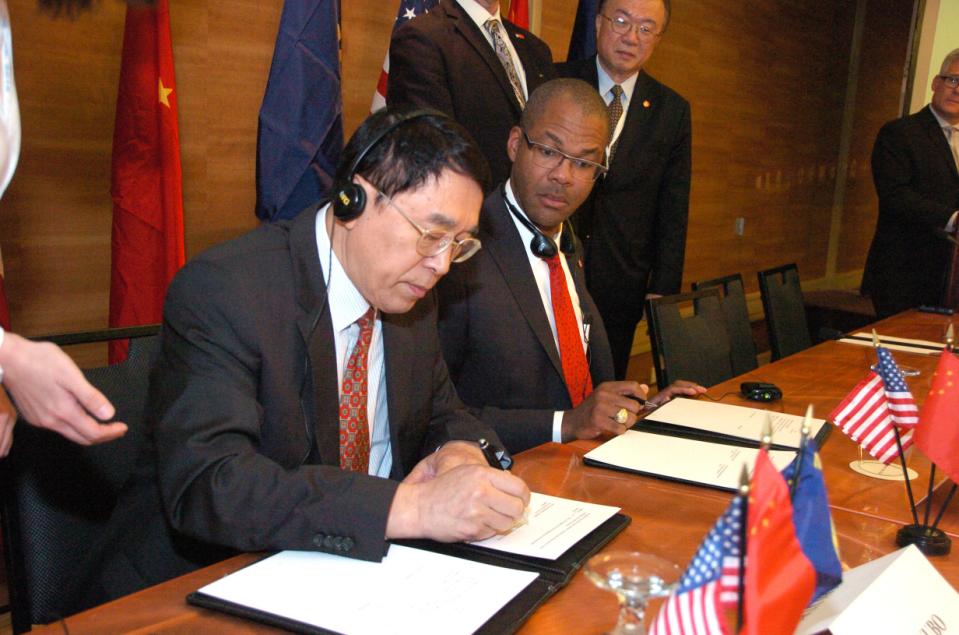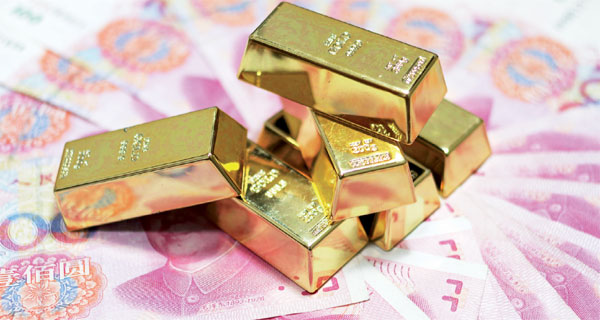China steps up investment in Russia`s oil and gas sector
Source: www.chinamining.org Citation: PTI Date: September 07, 2015
Stepping up its investments in Russia`s oil sector, China has bought 9.9 per cent stake in a liquefied natural gas project from Russian company Novatek as the two countries signed several agreements coinciding with President Vladimir Putin`s current visit to Beijing.
China`s Silk Road Fund Co. Ltd., an investment fund to finance Beijing`s proposed "Belt and Road" initiatives, bought 9.9 per cent of shares of the LNG project from Novatek.
State-run Xinhua news agency which reported the agreement has not mentioned the exact amount of money being invested.
This is part of growing Chinese investments in Russia`s oil and gas sector, which is struggling due to sanctions from EU and the US over the Ukraine issue.
The two sides also scaled up their strategic, economic and military cooperation as Moscow moved close to Beijing.
Novatek owned 60 per cent of the Yamal Peninsula-based project`s shares before the purchase, while French company Total and China National Petroleum Corporation held 20 per cent of its shares respectively.
In total, the three companies had invested over USD 10 billion in the project. The purchase is the Silk Road Fund`s first investment in Russia.
China has earmarked USD 40 billion for the Silk Road Fund to support infrastructure projects along both routes of "the Silk Road Economic Belt" and "the 21st Century Maritime Silk Road."
Last year Russia`s Gazprom and China`s CNPC signed a historic gas deal stated to be around USD 400 billion which will provide China with the natural gas for the next 30 years.
Also last night the two sides signed several agreements during the meeting of Chinese President Xi Jinping and Putin.
Gazprom and CNPC have signed a memorandum on a third project as part of their strategic cooperation over the next five years, Russia Today reported.
The resource base for gas supplies to China from the Russian Far East will be Sakhalin, Gazprom CEO Aleksey Miller said, adding that the volume and timing of the new route will be defined later.
The eastern and western (aka Power of Siberia and Power of Siberia-2) routes are in progress.
Russian oil major Rosneft has advanced its deal to acquire a 30 per cent stake in China`s ChemChina Petrochemical (CCPC).
"The document signed in Beijing defines a pre-agreed price, transaction structure and corporate governance issues," said Rosneft.
Rosneft also agreed to increase oil supplies to Chinese petrochemical plants to four million tons a year, CEO Igor Sechin said.
Overall, Rosneft has signed agreements with China worth a potential USD 30 billion, thus strengthening the established cooperation even further, he said.
The Russian truck producer KAMAZ and Chinese Hawtai Motor Group have signed an agreement to establish a joint venture.
It is reported that Hawtai production in Russia will be organized on the premises of KAMAZ, while China will build a new plant for the production of KAMAZ trucks.
During his talks with Putin, Xi said China firmly sticks to the policy of developing its comprehensive strategic cooperative partnership and broadening all-round pragmatic cooperation with Russia.
Putin attended a massive military parade held here to commemorate China`s victory over Japan in the WW-II.
Most the Western countries, including the US, stayed away from the event.
Xi expressed appreciation for Russia`s support to the commemorations and a Russian guard of honour`s participation in the military parade.
He said the two sides should expand cooperation in the fields of finance, investment, energy and regional affairs, work out a long-term outline to combine the China-proposed Silk Road Economic Belt initiative and the Russia-led Eurasian Economic Union project, and implement their cooperation projects.
About CHINA MINING
Since first held in 1999, the scope and influence of CHINA MINING has grown rapidly year by year. As a global mining summit forum and exhibition, CHINA MINING Congress and Expo has become one of the world’s top mining events, and one of the world’s largest mining exploration, development and trading platforms, covering all aspects of the whole mining industry chain, including geological survey, exploration and development, mining rights trading, mining investment and financing, smelting and processing, mining techniques and equipment, mining services, etc. playing an active promotion role in creating exchange opportunities and enhancing mutual cooperation between domestic and foreign mining enterprises.
CHINA MINING Congress and Expo 2015 will be held at Meijiang Convention and Exhibition Center in Tianjin on November 20th-23rd, 2015. We invite you to join the event and to celebrate the 17th anniversary of CHINA MINING with us. For more information about CHINA MINING 2015, please visit: www.chinaminingtj.org.






